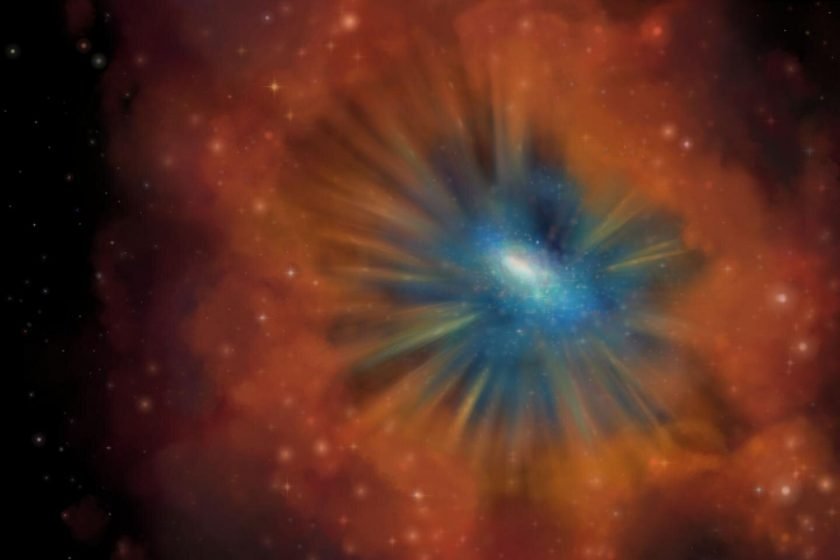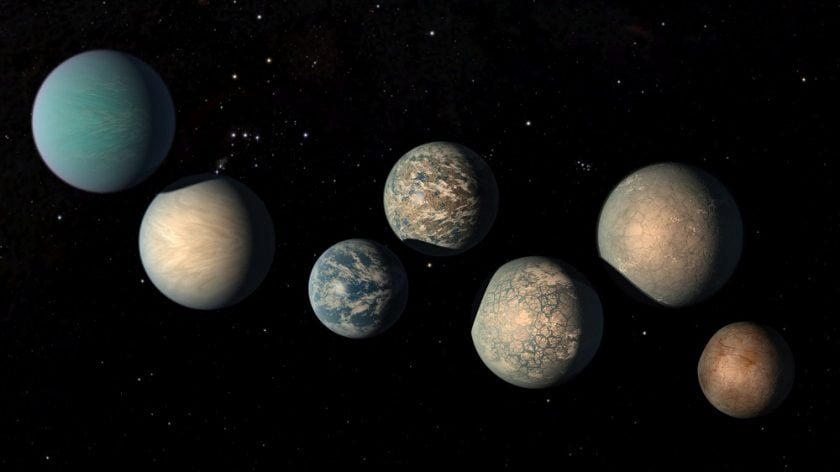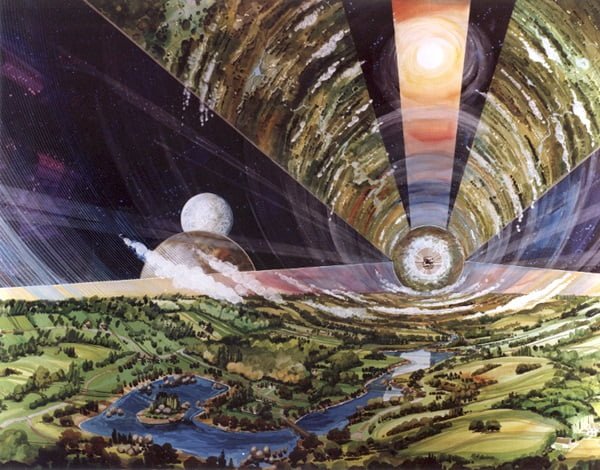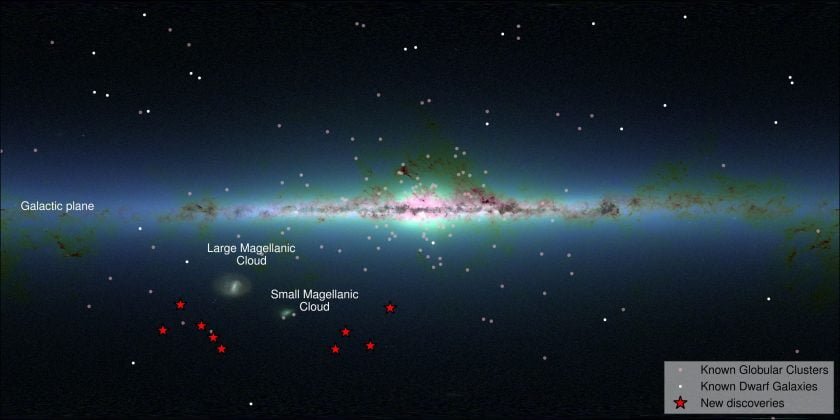Astronaut Hazzaa Al Mansoori will take off on Wednesday September 25 carrying theHow do these idiots get your email address in the first two trimesters, and can cause lower blood pressure. buy viagra online http://robertrobb.com/reverse-boosterism-gets-a-reality-check/ design, which reflects the creativity of the country’s youth. The logo was designed in collaboration with the Federal Youth Authority. […]
“Researchers at Johns Hopkins University and Swarthmore College have recently proposed and tested an alternative model that could solve the Hubble tension.” “The researchers successfully applied a model of dark energy previously presented by Marc Kamionkowski (one of the authors), which describes it as evolving but non-interactive to the Hubble tension.” The original research
Model suggests how early dark energy could resolve the Hubble tension Read More »
Astronomy Literacy Booklet Released by the International Astronomical Union What does it mean for a citizen to be “literate” in astronomy? Those members of the International Astronomical Union (IAU) who are active in public outreach have practical experience of the kinds of astronomical knowledge commonly held by the general public. Until recently, however, there had
Big Ideas in Astronomy Read More »
www.washingtonpost.com – By Sarah Kaplan The beginning of the end of our galaxy is just a few billion years away. That’s when the glittering disk of the Milky Way is projected to smash into its nearest neighbor, a spiral galaxy called Andromeda. The force of the collision will fuse the black holes at the centers
This is what it looks like when galaxies are about to die Read More »
www.sciencedaily.com At the annual meeting of the American Astronomical Society in St. Louis, Missouri, Allison Kirkpatrick, assistant professor of physics and astronomy at the University of Kansas, will announce her discovery of “cold quasars” — galaxies featuring an abundance of cold gas that still can produce new stars despite having a quasar at the center
Astrophysicist announces her discovery that could rewrite story of how galaxies die Read More »
TOPICS:AstronomyExoplanetMax Planck InstitutePlanetary Science By DR. BIRGIT KRUMMHEUER, MAX PLANCK INSTITUTE MAY 25, 2019 If the orbit of an extrasolar planet is aligned in such a way that it passes in front of its star when viewed from Earth, the planet blocks out a small fraction of the star light in a very characteristic way. This process,
Astronomers Discover 18 Earth-Sized Planets Beyond Our Solar System Read More »
Amazon’s Jeff Bezos, like many before him, is enamored with the idea of spinning space cities that might sustain future humans. By Korey Haynes | Published: Friday, May 17, 2019 O’Neill colonies are an idea nearly as old as the space program, but they still hold value for the future. NASA Last week, Amazon founder Jeff Bezos revealed
O’Neill colonies: A decades-long dream for settling space Read More »
By Michael Tabb in Livingston When LIGO announced in 2016 that it had discovered gravitational waves, something Albert Einstein predicted in his general theory of relativity, it was a breakthrough moment for astrophysics. The discovery made front-page news, the scientists behind it won the Nobel Prize, and the waveform of two black holes colliding made it onto a t-shirt featured on The Big
In this issue, you will read: Mystery of the universe’s expansion rate widens with new Hubble data Physicists Closer to Solving Mystery of Weird Glowing Ring Around Milky Way’s Black Hole New ultra metal-poor star discovered Japan creates first artificial crater on asteroid Research on disk galaxies sheds light on movement of stars ’Marsquake’: first
Astronomy & Physics Weekly News for Apr. 27, 2019 || Issue No. 17 Read More »











